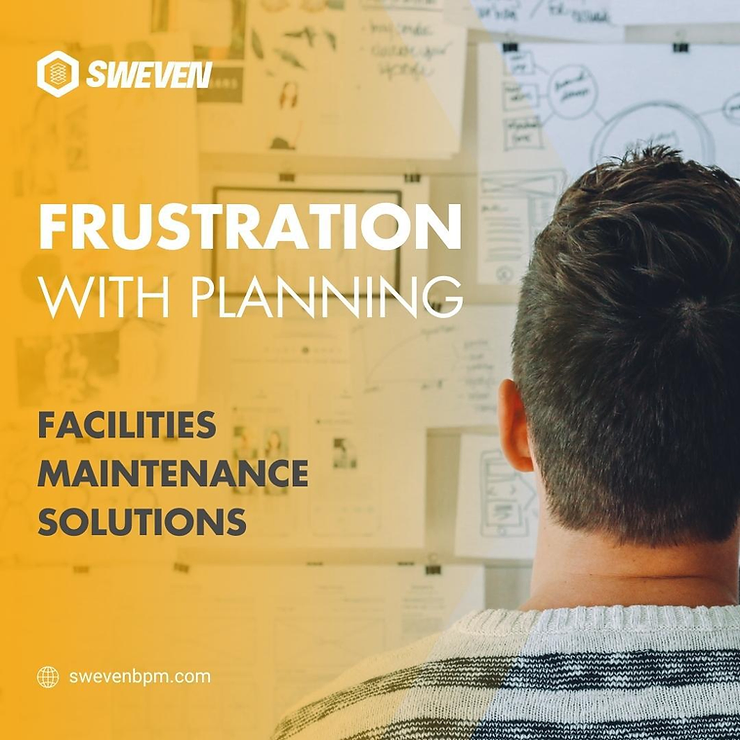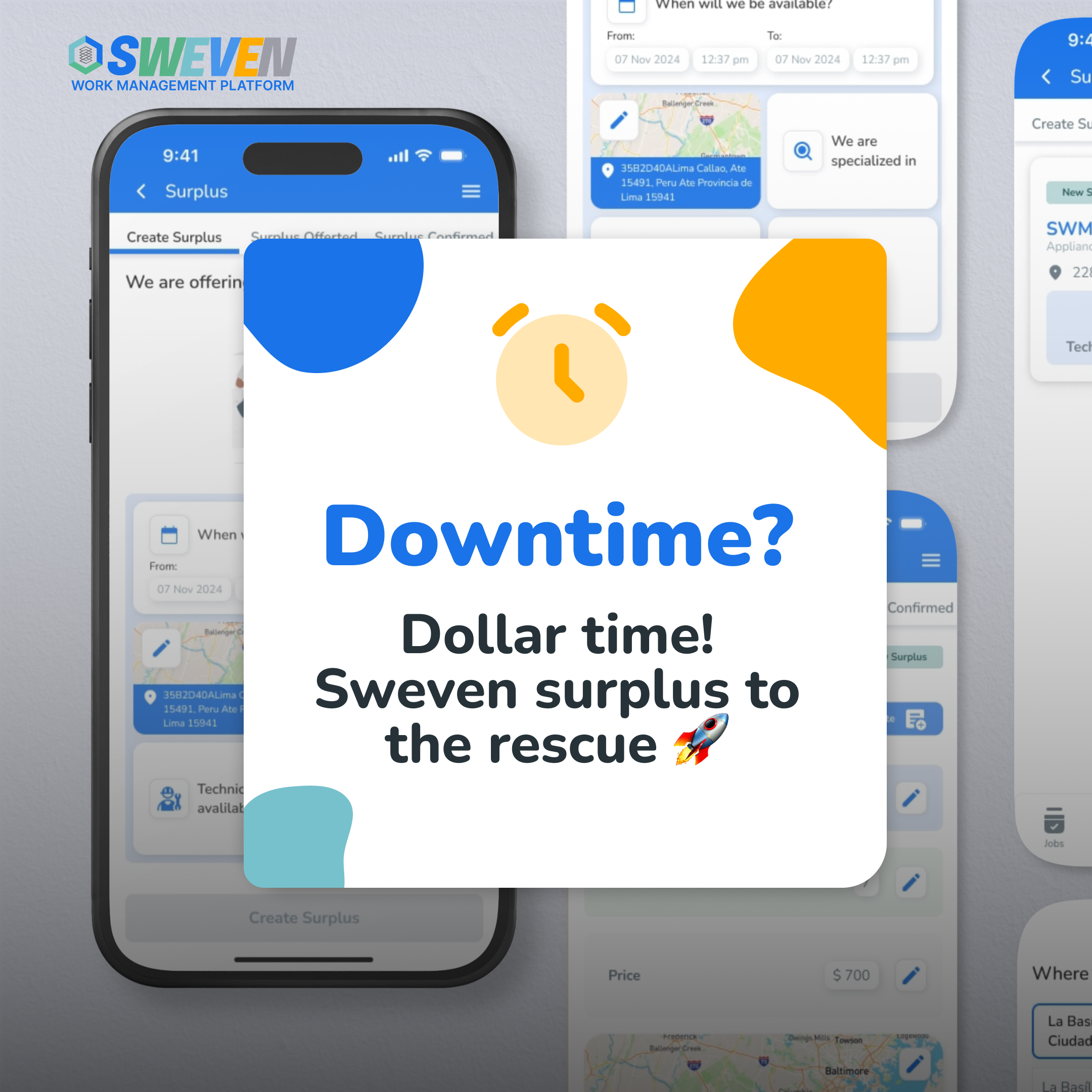Facilities maintenance planning is the backbone of any successful property management operation. Yet, even the most seasoned facility managers occasionally encounter difficulties when trying to piece together a comprehensive maintenance plan. Fortunately, there are solutions available to address these challenges and ensure your facilities remain in top-notch condition. In this blog, we’ll explore common issues in maintenance planning and provide practical solutions to help you overcome them.

Lack of Data and Documentation
Problem: Many facility managers struggle with incomplete or outdated records of their building’s assets and maintenance history. Without accurate data, planning becomes a guessing game, leading to inefficiencies and increased costs.
Solution: Implement a robust Computerized Maintenance Management System (CMMS) to centralize data collection and management. Regularly update asset inventories, maintenance logs, and inspection records. Leveraging technology to maintain accurate records will enable you to make informed decisions and anticipate maintenance needs more effectively.
Reactive vs. Proactive Maintenance
Problem: Reactive maintenance, addressing issues as they arise, often results in higher costs and operational disruptions. Facility managers may find themselves caught in a cycle of constantly responding to emergencies.
Solution: Transition to a proactive maintenance approach by developing a preventive maintenance schedule. Use historical data and industry best practices to anticipate equipment failures and plan inspections and repairs in advance. Preventive maintenance not only reduces unexpected downtime but also extends the lifespan of your assets.
Resource Allocation Challenges
Problem: Balancing the allocation of manpower, time, and budget can be a daunting task, especially for facilities with numerous maintenance needs and limited resources.
Solution: Implement a prioritization system to categorize maintenance tasks based on their criticality and impact on operations. Allocate resources accordingly, focusing on critical tasks first. Additionally, consider outsourcing non-critical tasks or exploring partnerships with maintenance service providers to optimize resource allocation.
Compliance and Regulations
Problem: Navigating the complex landscape of regulatory requirements and compliance standards can be overwhelming. Failure to comply can result in penalties and legal complications.
Solution: Stay informed about industry-specific regulations and compliance standards. Regularly review and update your maintenance procedures to align with these requirements. Consider collaborating with regulatory experts or consultants who can provide guidance on compliance matters.
Technology Integration
Problem: Integrating technology into your maintenance planning can be challenging, especially if your team lacks the necessary skills or if existing systems are not compatible.
Solution: Invest in user-friendly Computerized Maintenance Management Systems (CMMS) that streamline maintenance planning and integrate with your existing software infrastructure. Ensure that your team receives proper training to harness the full potential of these systems. Leveraging technology can simplify planning processes and enhance overall efficiency.
Communication Breakdown
Problem: Effective communication is critical for successful maintenance planning. When communication breaks down between departments or team members, it can lead to misunderstandings and missed deadlines.
Solution: Foster a culture of open communication within your organization. Establish clear channels for reporting maintenance issues and tracking progress. Regular meetings and collaboration tools can facilitate communication between facility managers, technicians, and other stakeholders, ensuring everyone is on the same page.
–
Facilities maintenance planning may have its challenges, but with the right solutions in place, you can navigate through them effectively. Addressing issues related to data management, adopting a proactive maintenance approach, optimizing resource allocation, staying compliant with regulations, embracing technology, and promoting effective communication are key steps toward successful maintenance planning. By implementing these solutions, facility managers can enhance operational efficiency, reduce costs, and ensure that their facilities remain in excellent condition for years to come.
















